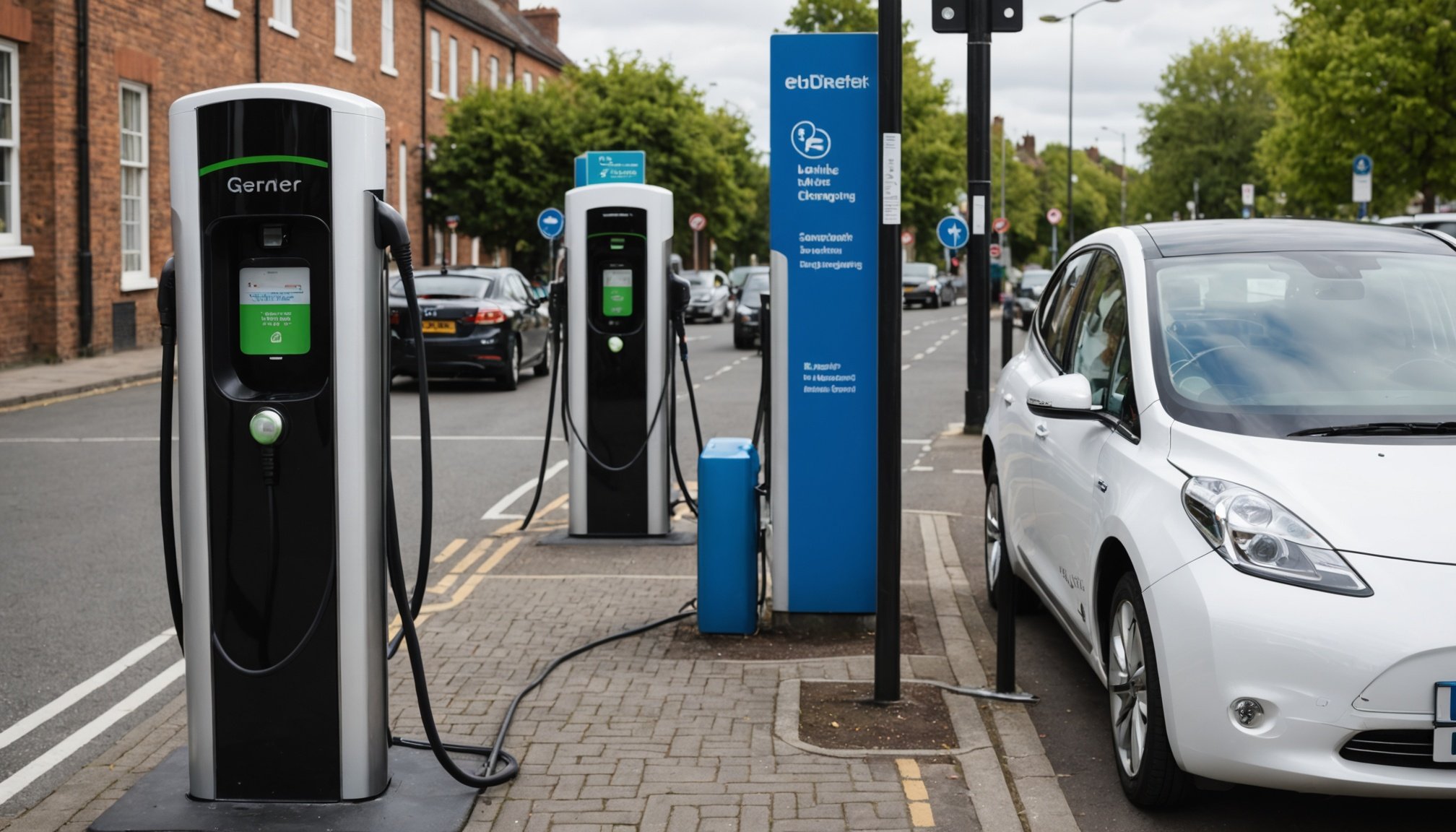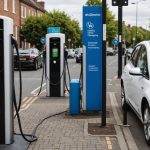As the world shifts towards sustainable transportation, electric vehicles (EVs) represent a vital step in reducing our carbon footprint. The UK government has set ambitious targets for increasing EV adoption, aiming for net-zero emissions by 2050. However, to realize this vision, a robust charging infrastructure is essential. Local councils play a pivotal role in this transition, influencing the development of public and local charging facilities that support the growing number of EVs on our roads. This article explores the various responsibilities and initiatives undertaken by local authorities in fostering a conducive environment for electric vehicle charging, alongside the challenges they face.
Understanding the Role of Local Authorities
Local authorities are instrumental in establishing a network of EV chargepoints across their regions. They serve as the bridge between government policies and community needs, ensuring that the charging infrastructure aligns with local transport strategies. Councils assess the demand for charging stations based on data and trends in electric vehicle registrations. By evaluating the local demographics and travel patterns, they can identify optimal locations for chargepoints, such as near public transport hubs, shopping centres, and residential areas.
Also read : How do vehicle depreciation rates differ between electric, hybrid, and petrol cars in the UK?
Additionally, local councils collaborate with government agencies to secure funding for these initiatives. They submit proposals and business cases to justify investments in EV infrastructure. This financial backing often comes from national funds aimed at reducing emissions and promoting clean transport. Moreover, local authorities facilitate the installation of charging stations by working with private companies and stakeholders. They might issue permits and set regulations to ensure that installation meets safety and accessibility standards. As such, local councils are not just facilitators; they are actively shaping the future of electric vehicle transport in their communities.
Developing Public Charging Infrastructure
The expansion of public charging infrastructure is critical to making electric vehicles a viable option for all motorists. Local councils are at the forefront of this development, ensuring that chargepoints are accessible to everyone. They are responsible for identifying areas with a high demand for charging services and working to install chargepoints in these locations.
Also read : What is the impact of Brexit on vehicle imports and exports in the UK?
One of the major challenges local councils face is the need to balance demand with the available budget. The cost of installing and maintaining chargepoints can be significant, and not all councils have equal resources. To overcome this challenge, many authorities engage in partnerships with private companies. These partnerships can take various forms, from co-funding projects to providing access to publicly owned land for installation.
Moreover, local councils often conduct public consultations to gauge community interest and gather feedback on proposed charging infrastructure. This engagement helps ensure that the facilities meet the needs of local residents and businesses. Councils also promote the use of charging stations through awareness campaigns, educating the public on the benefits of electric vehicles and how to utilize the available charging options.
Innovative Solutions and Technology Integration
To enhance the charging experience for users, local councils are increasingly looking towards innovative solutions and technology integration. Smart charging technologies, such as mobile apps and online platforms, allow users to locate available chargepoints, check their operational status, and even reserve a spot ahead of time. Local councils often partner with tech companies to implement these technologies, making the process of finding and using charging stations easier and more efficient.
Furthermore, councils are exploring the integration of renewable energy sources into their charging infrastructure. By installing chargepoints powered by solar or wind energy, they can reduce the environmental impact of EV charging and promote sustainable practices. Such initiatives not only contribute to local sustainability goals but also enhance the appeal of electric vehicles to environmentally conscious consumers.
Local authorities also play a role in ensuring that charging infrastructure is built to accommodate future advancements in technology. This includes investing in fast charging options and preparing for the potential rise of wireless charging systems. By staying ahead of these trends, local councils can ensure that their regions remain attractive to EV users.
Policy Framework and Regulatory Support
The policy framework set by local councils significantly influences the success of charging infrastructure development. They are responsible for developing local transport plans that reflect the UK government’s broader goals for reducing greenhouse gas emissions and promoting electric vehicles. These plans often include specific targets for expanding charging infrastructure, which councils are tasked with achieving.
Local authorities must also navigate a complex regulatory landscape when it comes to the installation of chargepoints. They need to comply with various laws related to land use, health and safety, and environmental protection. By establishing clear guidelines and streamlined processes for permitting charging station installations, councils can encourage private investment in the sector. Additionally, councils can advocate for policies that support the installation of charging stations in new developments, ensuring that future buildings are equipped with the necessary infrastructure for electric vehicles.
Moreover, local councils are often involved in lobbying efforts to secure additional support from the government. They may push for more funding opportunities or incentives for businesses and residents to install charging stations. By actively participating in the policy-making process, local councils can help shape a regulatory environment that fosters the growth of charging infrastructure.
In conclusion, local councils play a vital role in promoting the development of electric vehicle charging infrastructure in the UK. By understanding the local landscape, developing public charging solutions, integrating innovative technologies, and navigating policy frameworks, they are building a foundation that supports the growth of electric vehicles. As the demand for charging stations continues to rise, the efforts of local authorities will be crucial in ensuring that the necessary infrastructure is in place. By investing in this infrastructure, councils not only contribute to environmental sustainability but also enhance the quality of life for their residents. The future of transportation is electric, and local councils are leading the charge.











